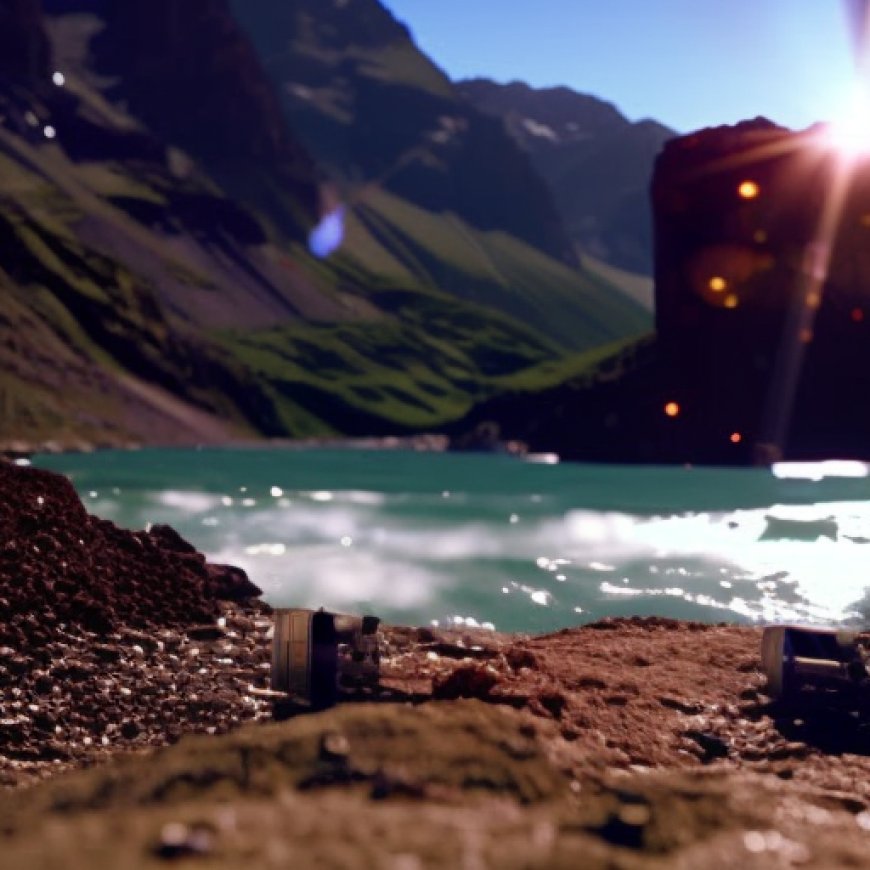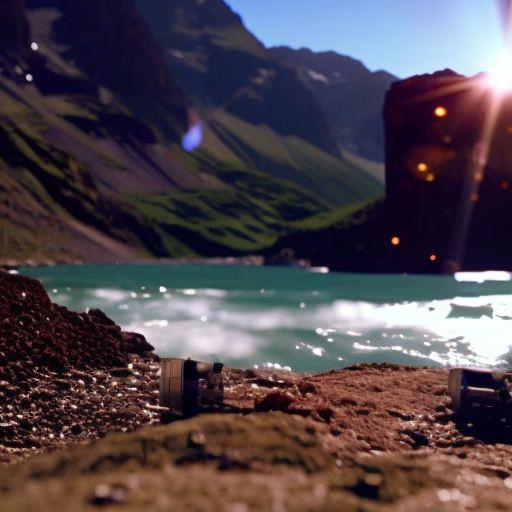How a slide site went from jaw-dropping devastation to ‘awe-inspiring and hopeful’
10 years after the Oso landslide, a new forest is rising The Seattle Times


OSO LANDSLIDE DEBRIS FIELD: A Decade of Recovery
A white cross made from pegboard and adorned with fabric flowers has begun to fall apart in its long vigil at the edge of a cliff in Snohomish County. This cliff was the site of a devastating landslide that occurred 10 years ago, claiming the lives of 43 people and destroying numerous homes.
The scale of the destruction caused by the landslide was immense. The slide dislodged enough material to cover an area equivalent to 600 football fields, with a depth of 10 feet. The debris not only covered the land but also blocked the North Fork of the Stillaguamish River, creating a temporary lake. The landscape was left barren and gray, with broken trees scattered in every direction, and layers of sand, gravel, mud, and clay.
Resurgence of Nature
Despite the devastation, nature has shown remarkable resilience in the years following the landslide. Today, the slide area is teeming with wildlife. Coyotes, elk, deer, and beavers have returned to the area. Salmon are once again migrating up the North Fork, even in the debris field. The land is now covered in cottonwoods, willows, alders, and a lush carpet of golden moss. The fir trees have grown tall overhead.
Biological Legacies
The recovery of the landscape is not a result of chance but rather the result of natural processes that have been at work for centuries. The vegetation that has emerged in the slide area is a testament to the resilience of nature. Deciduous saplings such as alder, cottonwood, and willow thrive in disturbed areas with ample sunlight. Young conifers have likely grown from seeds carried by wind, water, or birds. Mosses, lichens, and fungi have covered and stabilized the sandy hummocks, enriching the soil. Beavers have thrived in the area, creating ponds and wetlands that provide habitat for a variety of species.
Starting Over
The regeneration of the landscape is a reset that adds complexity and biodiversity to the habitat. It is reminiscent of the regrowth observed after the eruption of Mount St. Helens in 1980. The beavers, in particular, have played a crucial role in shaping the landscape. Their dams create new freshwater habitats that benefit other animals and plants.
Continuity Amidst Tragedy
While nature has rebounded in the aftermath of the landslide, the human side of the tragedy remains poignant. The scars on the land and the memories of the event are still fresh. The recovery of the landscape serves as a reminder of the resilience of both nature and the human spirit.
SDGs, Targets, and Indicators
SDGs Addressed:
- SDG 11: Sustainable Cities and Communities
- SDG 13: Climate Action
- SDG 15: Life on Land
Targets Identified:
- Target 11.5: By 2030, significantly reduce the number of deaths and the number of people affected and substantially decrease the direct economic losses relative to global gross domestic product caused by disasters, including water-related disasters, with a focus on protecting the poor and people in vulnerable situations.
- Target 13.1: Strengthen resilience and adaptive capacity to climate-related hazards and natural disasters in all countries.
- Target 15.1: By 2020, ensure the conservation, restoration and sustainable use of terrestrial and inland freshwater ecosystems and their services, in particular forests, wetlands, mountains and drylands, in line with obligations under international agreements.
Indicators:
- Indicator 11.5.1: Number of deaths, missing persons and directly affected persons attributed to disasters per 100,000 population.
- Indicator 13.1.1: Number of deaths, missing persons and directly affected persons attributed to disasters per 100,000 population.
- Indicator 15.1.1: Forest area as a proportion of total land area.
The article discusses the aftermath of a landslide that occurred in Snohomish County, highlighting the resilience and recovery of nature in the affected area. The issues discussed in the article are connected to several Sustainable Development Goals (SDGs), including SDG 11 (Sustainable Cities and Communities), SDG 13 (Climate Action), and SDG 15 (Life on Land).
Based on the content of the article, specific targets under these SDGs can be identified. Target 11.5 focuses on reducing the number of deaths, affected people, and economic losses caused by disasters. Target 13.1 aims to strengthen resilience and adaptive capacity to climate-related hazards and natural disasters. Target 15.1 emphasizes the conservation, restoration, and sustainable use of terrestrial and inland freshwater ecosystems.
The article mentions indicators that can be used to measure progress towards these targets. Indicator 11.5.1 measures the number of deaths, missing persons, and directly affected persons attributed to disasters per 100,000 population. Indicator 13.1.1 also measures the number of deaths, missing persons, and directly affected persons attributed to disasters per 100,000 population. Indicator 15.1.1 measures the forest area as a proportion of total land area.
Table: SDGs, Targets, and Indicators
| SDGs | Targets | Indicators |
|---|---|---|
| SDG 11: Sustainable Cities and Communities | Target 11.5: By 2030, significantly reduce the number of deaths and the number of people affected and substantially decrease the direct economic losses relative to global gross domestic product caused by disasters, including water-related disasters, with a focus on protecting the poor and people in vulnerable situations. | Indicator 11.5.1: Number of deaths, missing persons and directly affected persons attributed to disasters per 100,000 population. |
| SDG 13: Climate Action | Target 13.1: Strengthen resilience and adaptive capacity to climate-related hazards and natural disasters in all countries. | Indicator 13.1.1: Number of deaths, missing persons and directly affected persons attributed to disasters per 100,000 population. |
| SDG 15: Life on Land | Target 15.1: By 2020, ensure the conservation, restoration and sustainable use of terrestrial and inland freshwater ecosystems and their services, in particular forests, wetlands, mountains and drylands, in line with obligations under international agreements. | Indicator 15.1.1: Forest area as a proportion of total land area. |
The identified SDGs, targets, and indicators demonstrate the relevance of the article’s content to the broader sustainable development agenda. The article highlights the importance of disaster resilience, climate action, and conservation efforts in promoting sustainable cities, protecting communities, and preserving ecosystems.
Behold! This splendid article springs forth from the wellspring of knowledge, shaped by a wondrous proprietary AI technology that delved into a vast ocean of data, illuminating the path towards the Sustainable Development Goals. Remember that all rights are reserved by SDG Investors LLC, empowering us to champion progress together.
Source: seattletimes.com

Join us, as fellow seekers of change, on a transformative journey at https://sdgtalks.ai/welcome, where you can become a member and actively contribute to shaping a brighter future.







